
The greater Cincinnati metro area is home to 2.3 million people, and by 2030, it’s going to have nearly 1,000 miles of singletrack trails and paved greenways connecting the entire region. That isn’t a typo: the Northern Kentucky Regional Trails Plan (NKYRTP) calls for 934 miles of interconnected trails sprawling across an area roughly the size of Rhode Island.
The Cincinnati Off-Road Alliance (CORA) is orchestrating a spiderweb of 375 miles of mountain bike-legal singletrack, plus another 506 miles of paved paths, all designed to connect 20 bike parks scattered throughout the metro area. Last year, we reported on the Avoca Trailhead project — one piece of this massive puzzle.
And it’s all slated to be built — or at least in the works — by 2030.
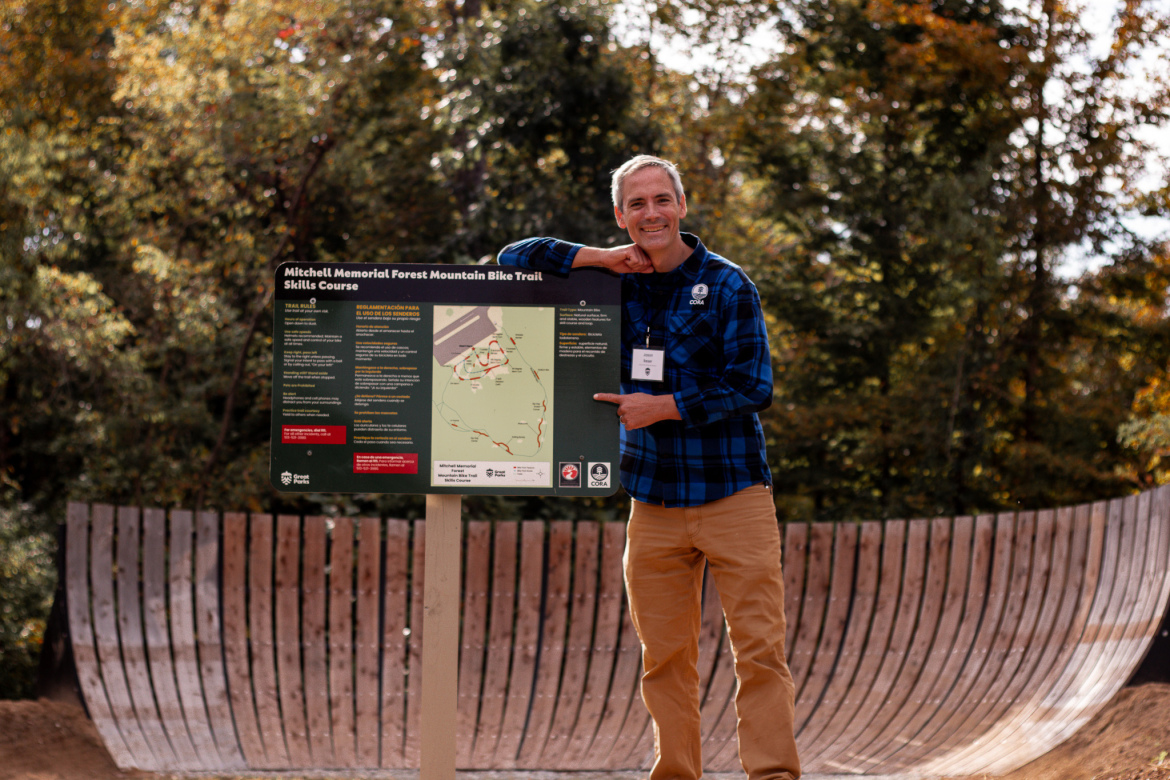

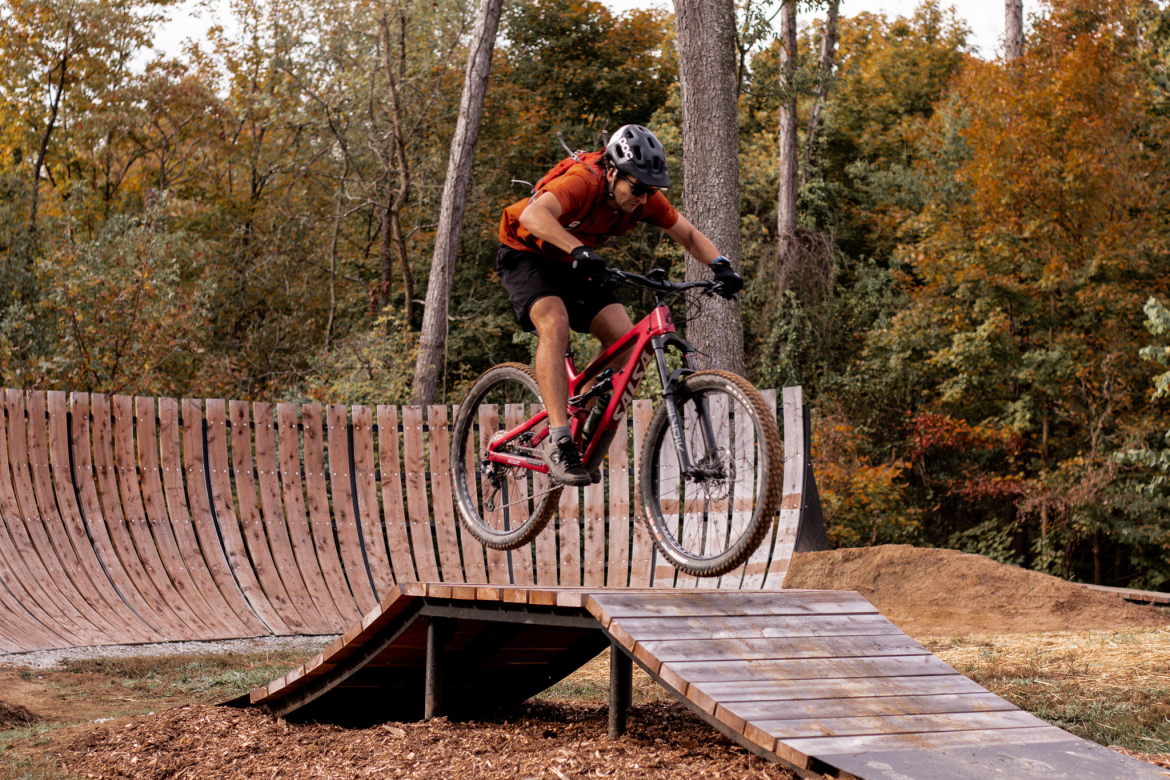
Lofty goals for CORA
“It used to be that we’d sit there and say we want X number of trails and miles by this year and that year, and this many members,” Jason Reser, CORA’s Executive Director, told us. “The numbers were just kind of out of the blue.”
Much of the organization’s growth has coincided with the growth of mountain biking over the last five years. As CORA grew and more volunteers turned to staff members, numbers that were previously pulled from “out of the blue” became more calculated and data-driven. Reser shared that the organization set a new goal when he came on as executive director, and not just for the following year.
The group, which currently oversees roughly 120 miles of trails, envisioned 375 miles of singletrack by 2030. Honestly, 375 miles is actually just Reser being modest. The actual plan is much grander.
Reser and CORA’s focus is on natural surface trails, which will actually exceed the 375 miles mentioned. The actual mileage of natural surface trails proposed in the NKYRTP is closer to 428 miles. However, Reser explained that the mileage discrepancy is due to not all the trails being entirely multi-use — that is, only 375 miles will allow mountain bikes.
One major goal is to connect the area’s 20 bike parks, some already built and others in the planning stage. This will include four or five larger “regional” bike parks, with amenities such as pump tracks, jumps, progressive loops, and other skills features. Smaller parks will likely have one or two of those amenities, and possibly on a smaller scale.
Reser explained that they didn’t want riders to have to pedal more than a few miles between parks. While 375 miles of singletrack would make that a possibility, another 500 miles of paved bike paths would guarantee it.
The plan includes a total of 506 miles of paved paths and greenways, proposed by CORA’s partner in the project, Tri-State Trails. Together, the singletrack and greenways will form a vast network, making the greater Cincinnati area more accessible by bike.
Between existing, funded, and proposed singletrack and greenways, the NKYRTP calls for 934 miles of trail connecting the area. For Reser and CORA, a few hundred is enough to worry about.
“375 miles of trail by 2030,” Reser said. “All that stuff would be either developed or in the works — basically paid for, waiting for a contractor to show up and build it. By 2030.”
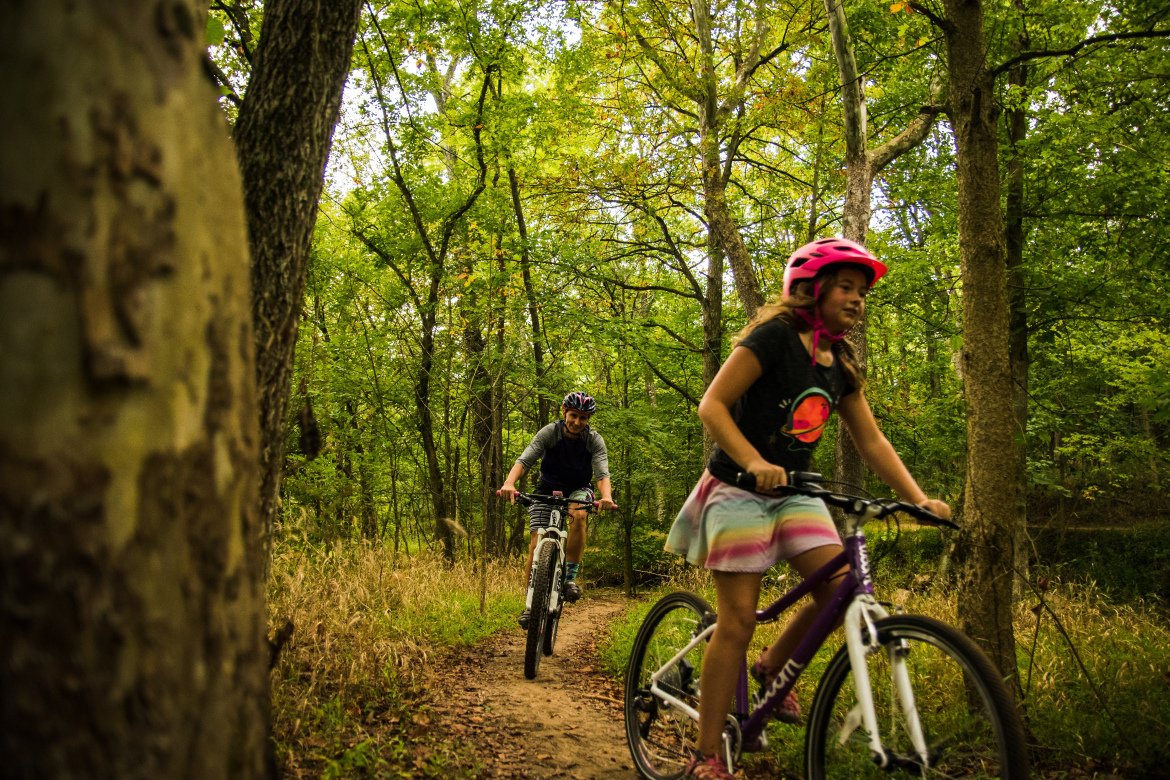
A spiderweb of mountain bike trails
CORA’s goal is to make the connecting singletrack between bike parks as beginner-friendly as possible, but the region’s topography means some sections will naturally fall into blue or black territory — particularly the steep, tight sections navigating in and out of those river valleys. “We have a lot of elevation changes around here,” Reser explained. “[We have] a bunch of 300-foot river valleys. So it can’t always be green.”
The bike parks themselves are where CORA plans to intentionally build more challenging and progressive trails with features specifically designed for mountain bikers. In addition, they’ll strive to make as many of the trails as adaptive-friendly as possible.
When it comes to opening existing hiking-only trails to mountain bikes, Reser said it’s a case-by-case decision. CORA is a multi-use trail organization, not a mountain bike-specific trail organization, and its goal is to advocate for all trail users’ needs. In some instances, this means keeping mountain bikers and hikers separated.
Many of the area’s hiking-only trails would also not be much fun on a bike. Reser and CORA would rather focus their time and attention on the massive amount of new trails being added rather than attempting to transition old trails.
However, in other instances, more mountain bike traffic would benefit some areas. Reser said the city has had issues with illicit behavior on some of its parks’ trails. This has made residents feel unsafe, causing them to avoid those areas. Because mountain bikes cover so much ground, more mountain biking puts more people in those areas, hopefully pushing out those involved in the illegal activities. This would not only open the trails up to mountain bikers but also to hikers and runners who previously felt unsafe.

CORA’s role in Cincinnati’s trail web
The scale of this project is absolutely gigantic. To put it in perspective, Reser told us to think of the NKYRTP as roughly the size of Rhode Island or just shy of Delaware.
We asked Reser just how many different land managers, local municipalities, and organizations they were working with on this project. The answer? 200.
Reser was quick to say that this massive project is not something CORA can do on its own. They are working with many different cities around the Cincinnati metro area, and see their role as a local expert. CORA has experience building trails and is stepping up as the organization that local municipalities, which may not have built trails before, can ask questions of.
“We’re not going to have a finger on everything at all,” Reser said. “We’re just removing the barriers to progress. To some of these cities, [trails] are so novel. They don’t know how to put trails out to bid, how to make sure they are building good trails, how to do this, how to do that. We just help them with that.”





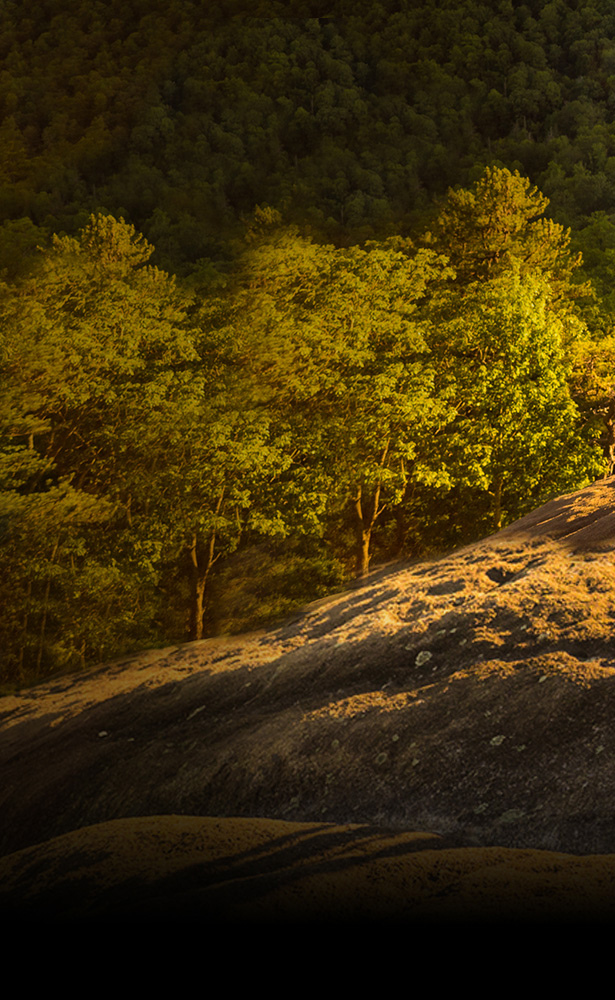
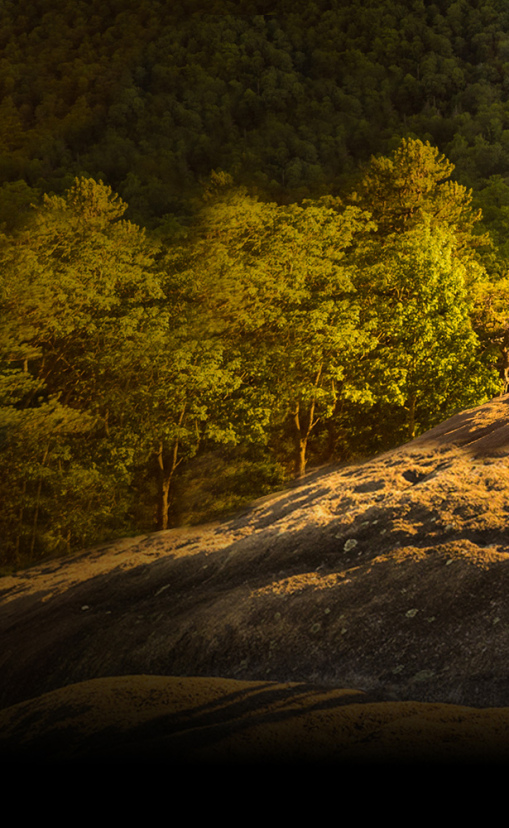
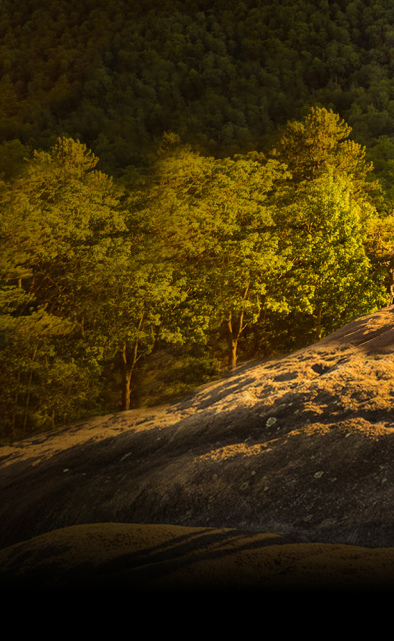
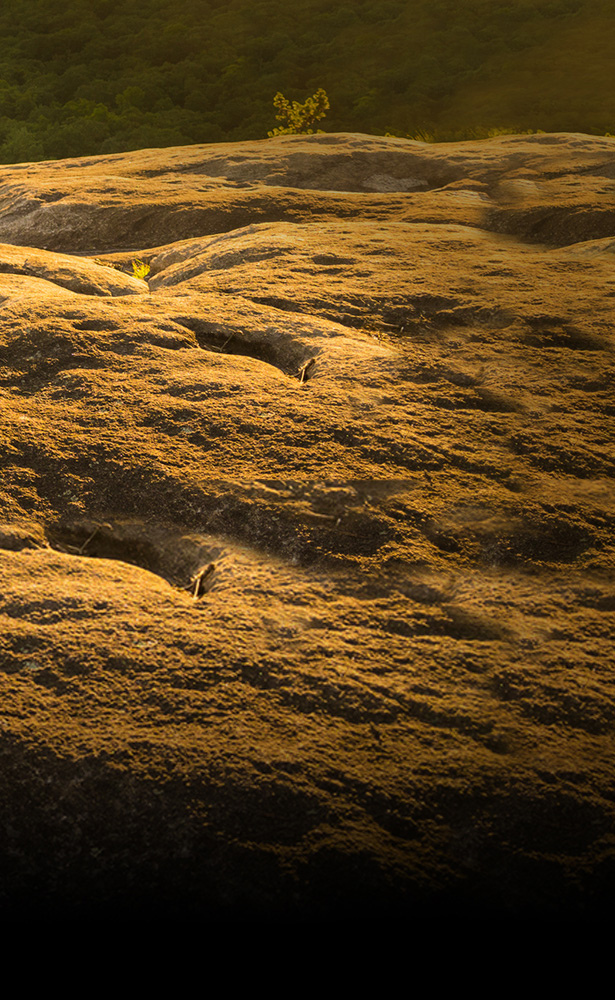
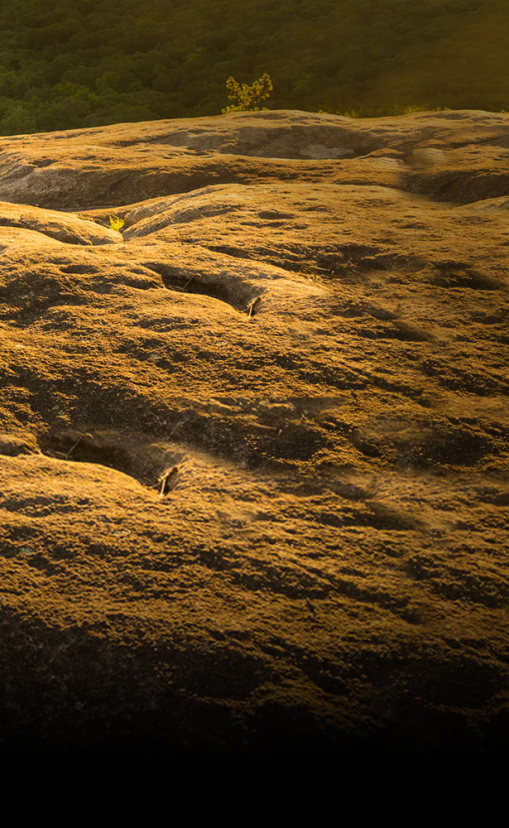

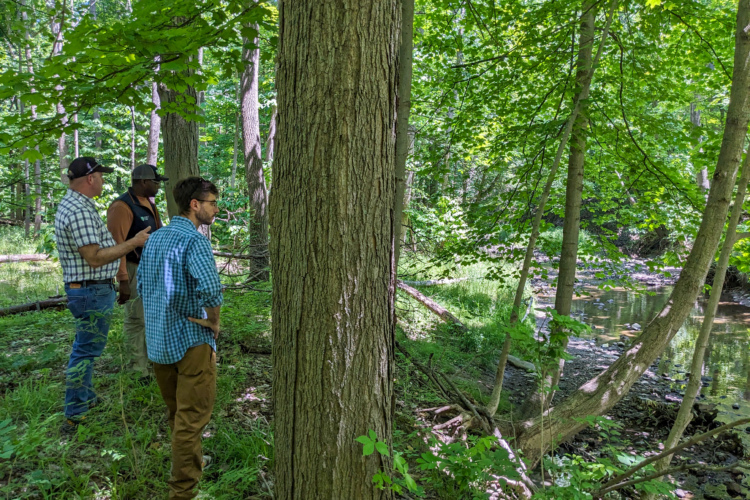


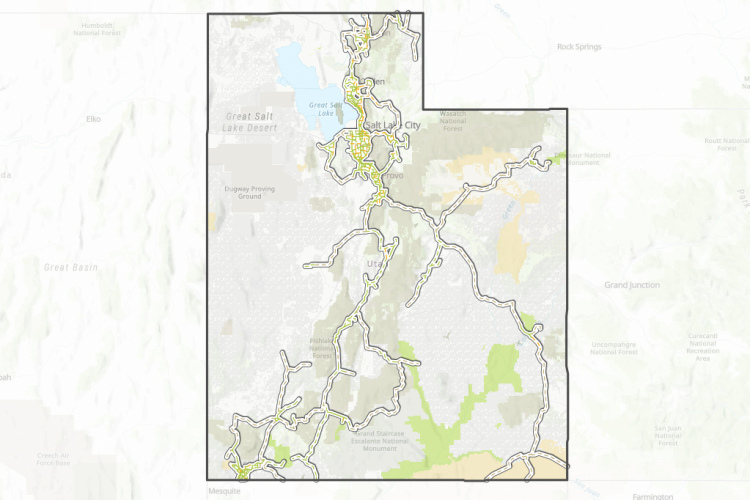
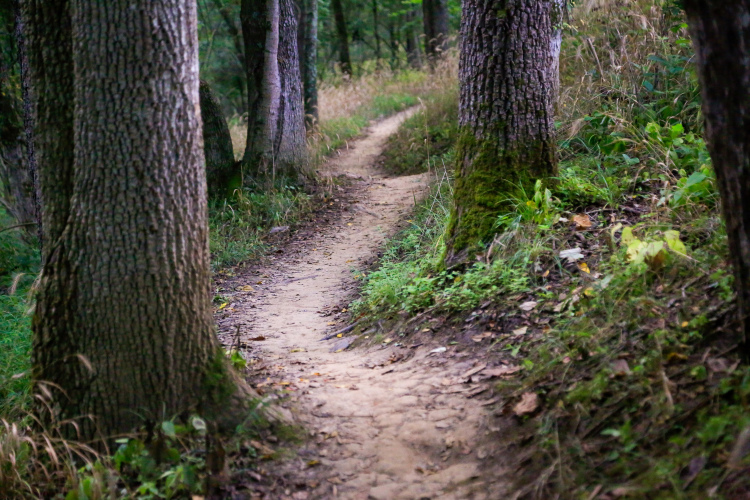


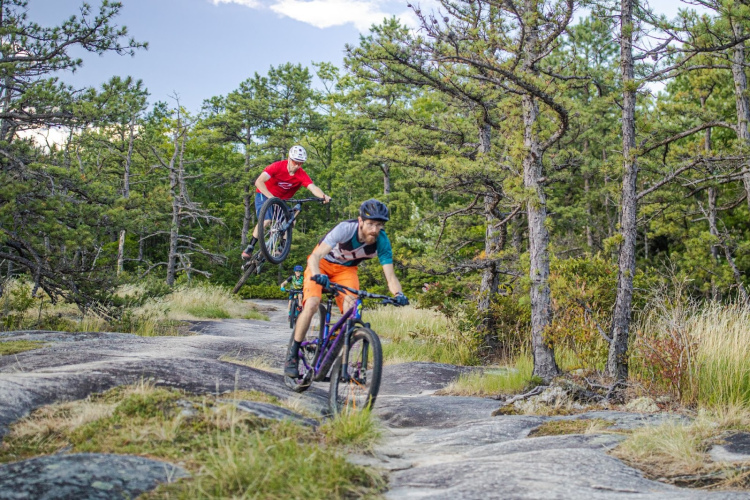

0 Comments